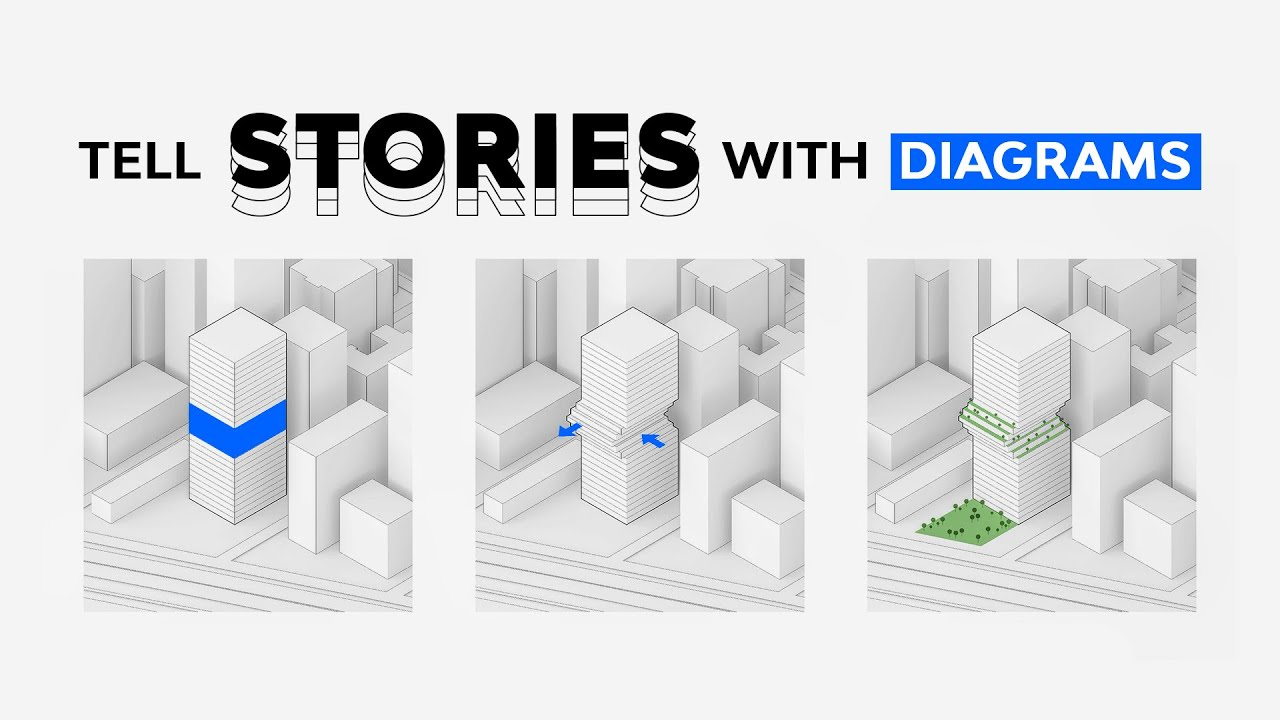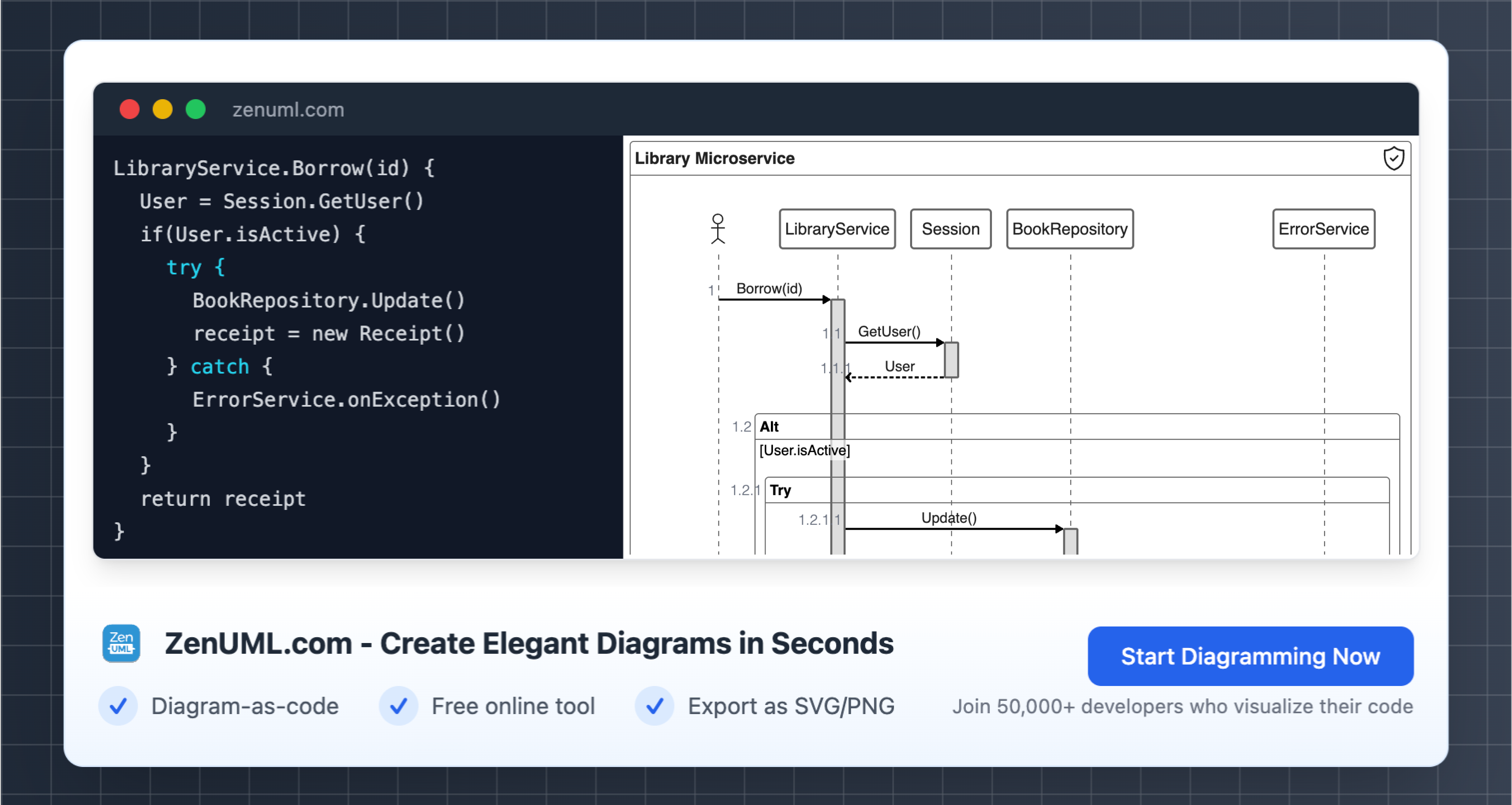Introduction
In the realm of software development, navigating the complexities of large-scale applications can be a daunting task. One approach that has gained significant traction in recent years is Domain-Driven Design (DDD), a methodology that emphasizes the importance of understanding and modeling the core business domain. At the heart of DDD lies the concept of Sequence Diagrams, a powerful tool that can help us visualize and communicate the dynamic behavior of our systems.
In this article, we will explore the role of Sequence Diagrams in the context of Domain-Driven Design, and how they can be utilized to enhance our understanding of the business domain and inform our software design decisions.


